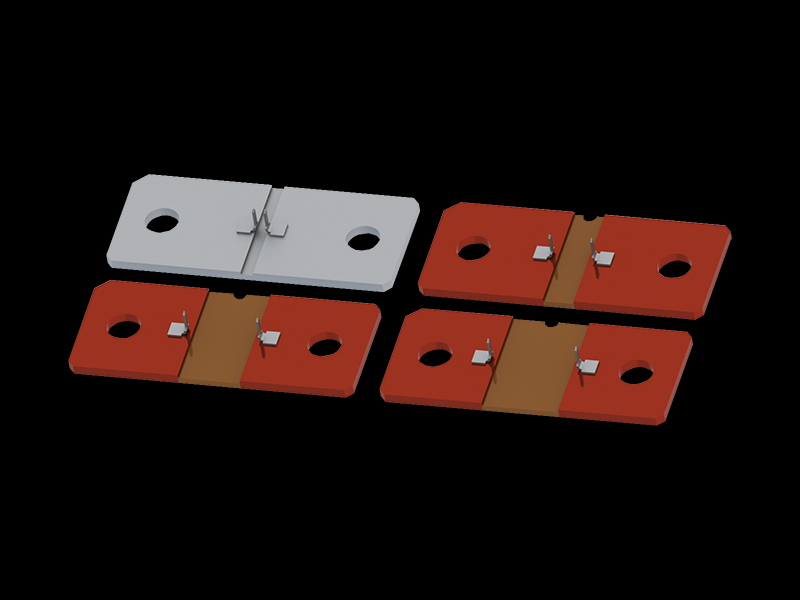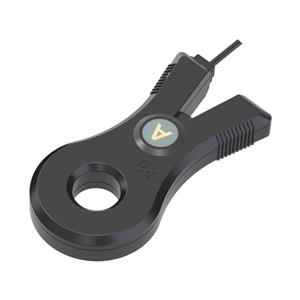The Impact of Big Current Shunts in Modern Technology
In the fast-paced world of technology, big current shunts have emerged as indispensable tools for efficient and precise power management. These large-scale devices, typically composed of thick conductors or resistive elements, play a pivotal role in the realm of electrical engineering.
A "big current shunt" refers to a high-amperage version designed to handle substantial currents, typically exceeding standard shunts. They are commonly employed in industrial settings, such as power plants, substations, and heavy-duty machinery, where accurate current measurement is critical for maintaining system stability and preventing potential failures.

Their unique features, including high thermal stability and low error margins, enable engineers to monitor power flows with exceptional accuracy. By dissipating excess heat and providing a proportional voltage drop, these shunts act as an integral part of protective relays and metering systems.
The integration of big current shunts into smart grids and IoT (Internet of Things) infrastructure allows for real-time monitoring and optimization of energy usage, fostering a more sustainable future. As renewable energy sources become more prevalent, these devices prove particularly valuable in balancing and regulating distributed power generation.
Keywords: Big Current Shunt, Power Measurement, High-Amperage, Smart Grids, Renewable Energy Integration, Energy Management.
In summary, the advent of big current shunts has transformed the way we measure and manage power in today's technologically advanced world, paving the way for safer, more efficient, and sustainable energy systems.




